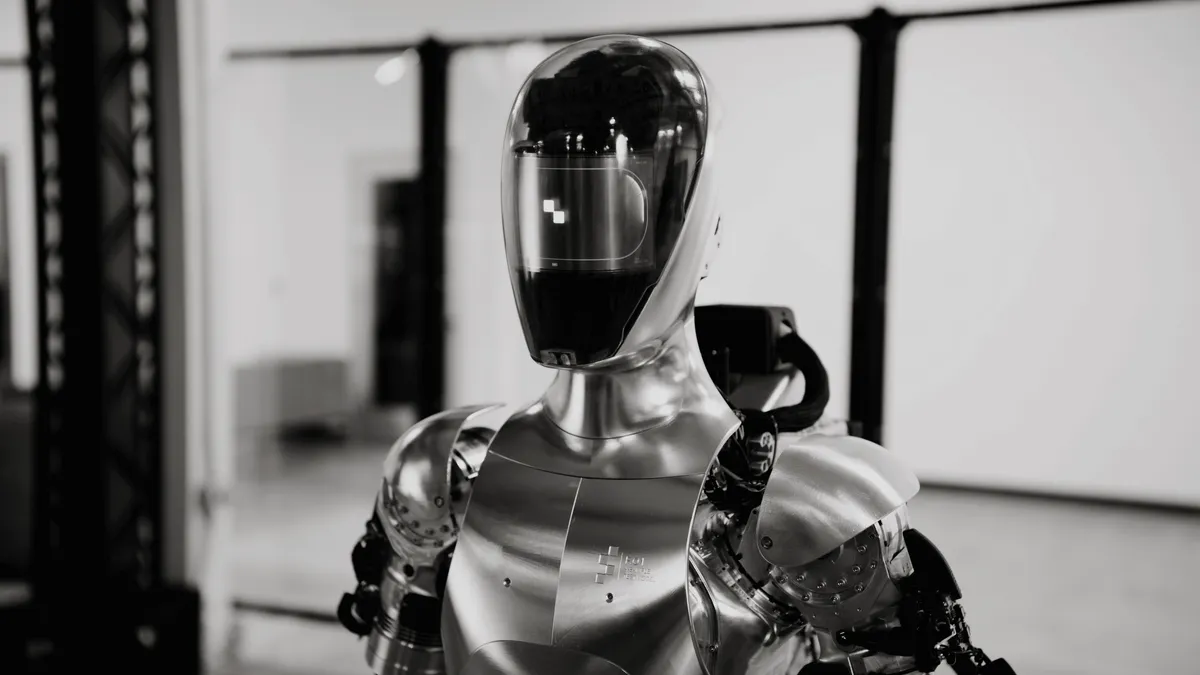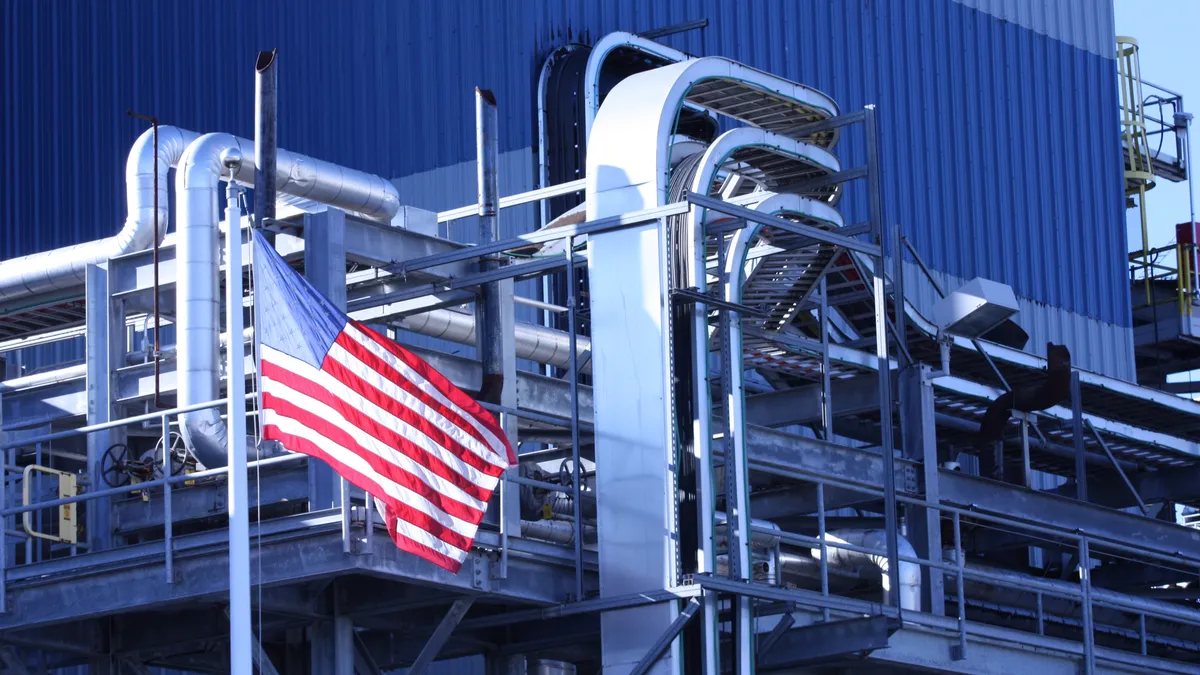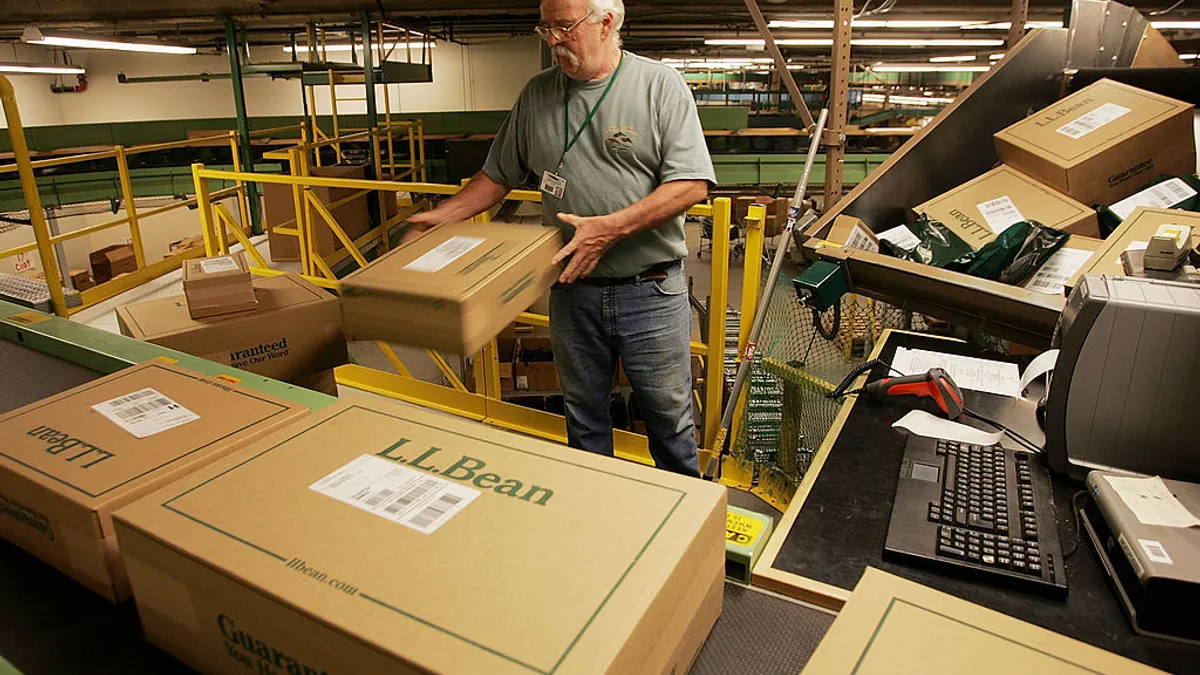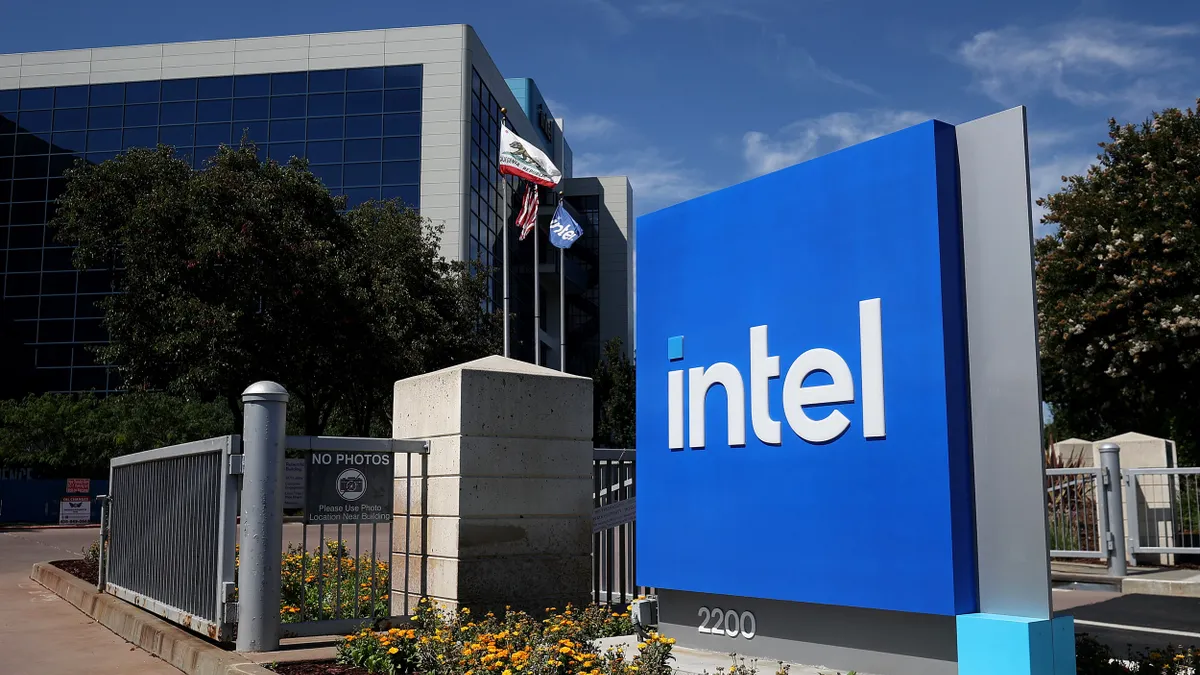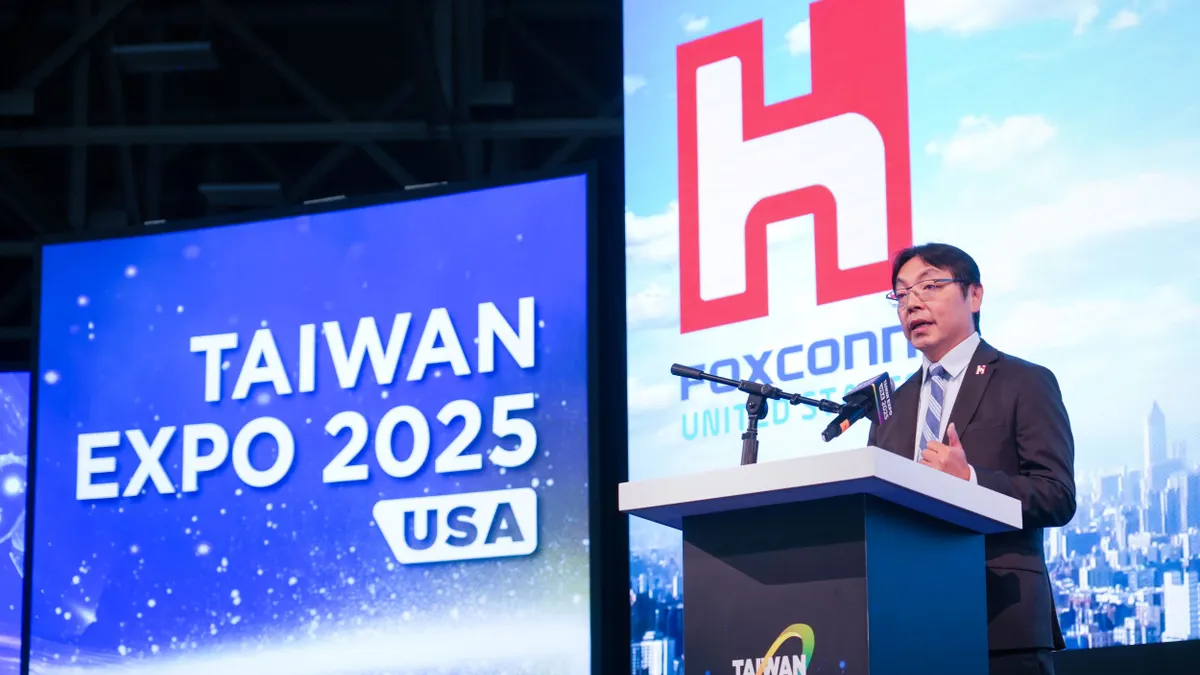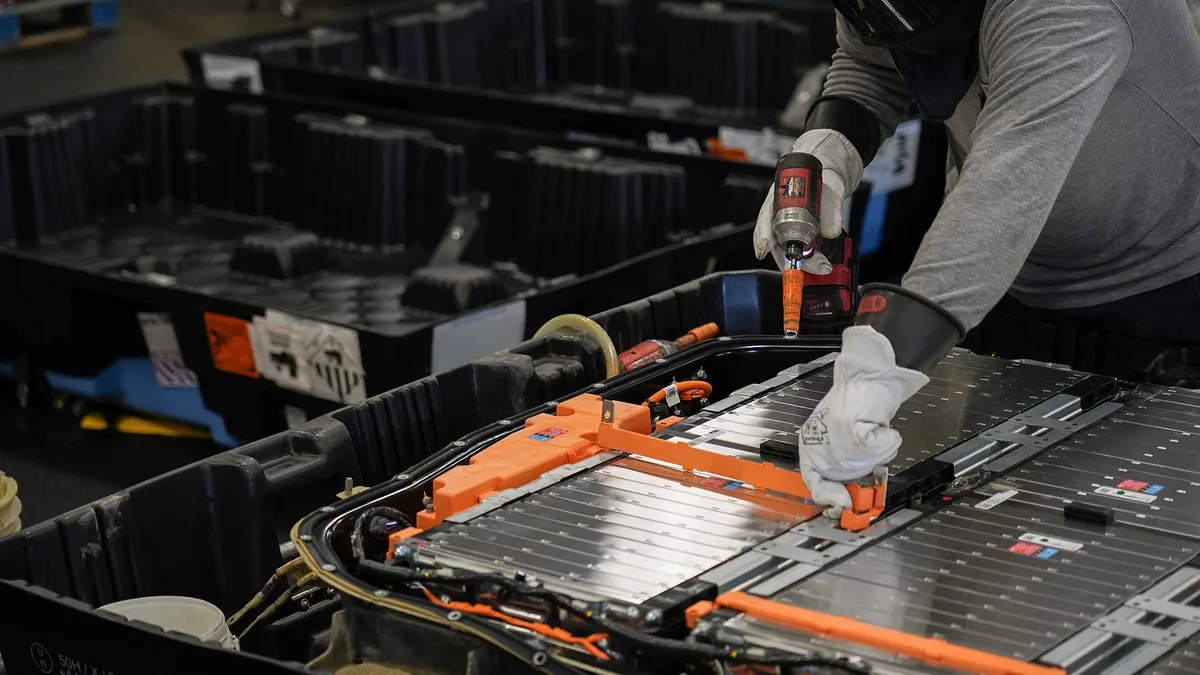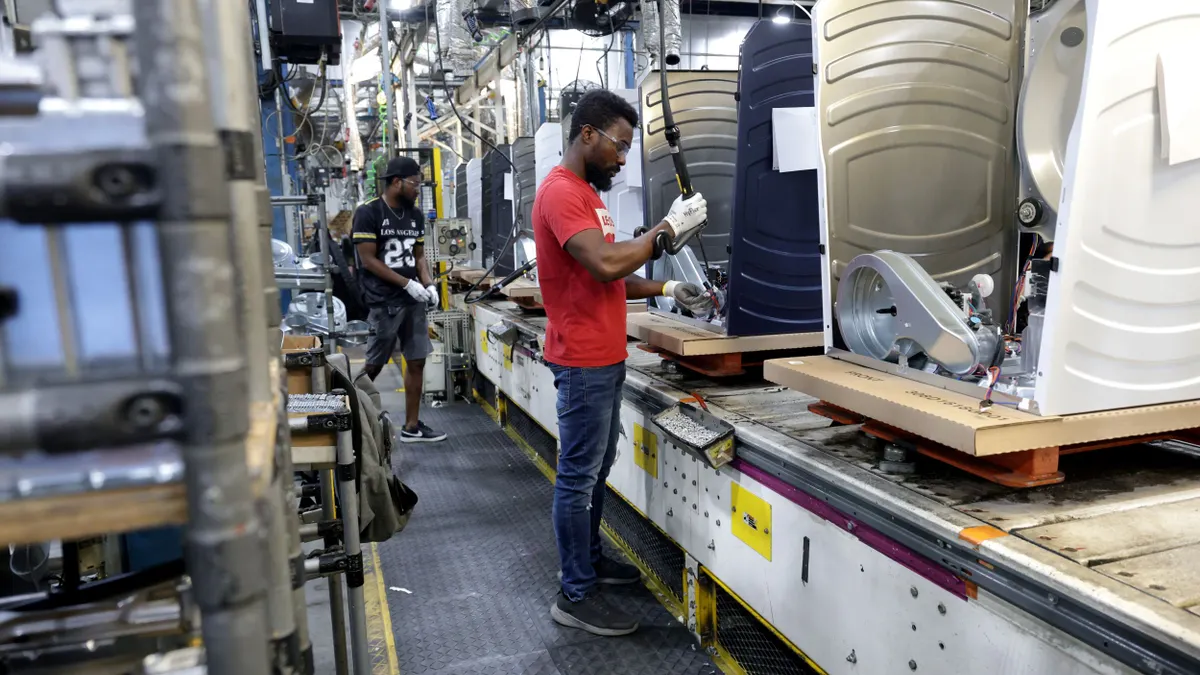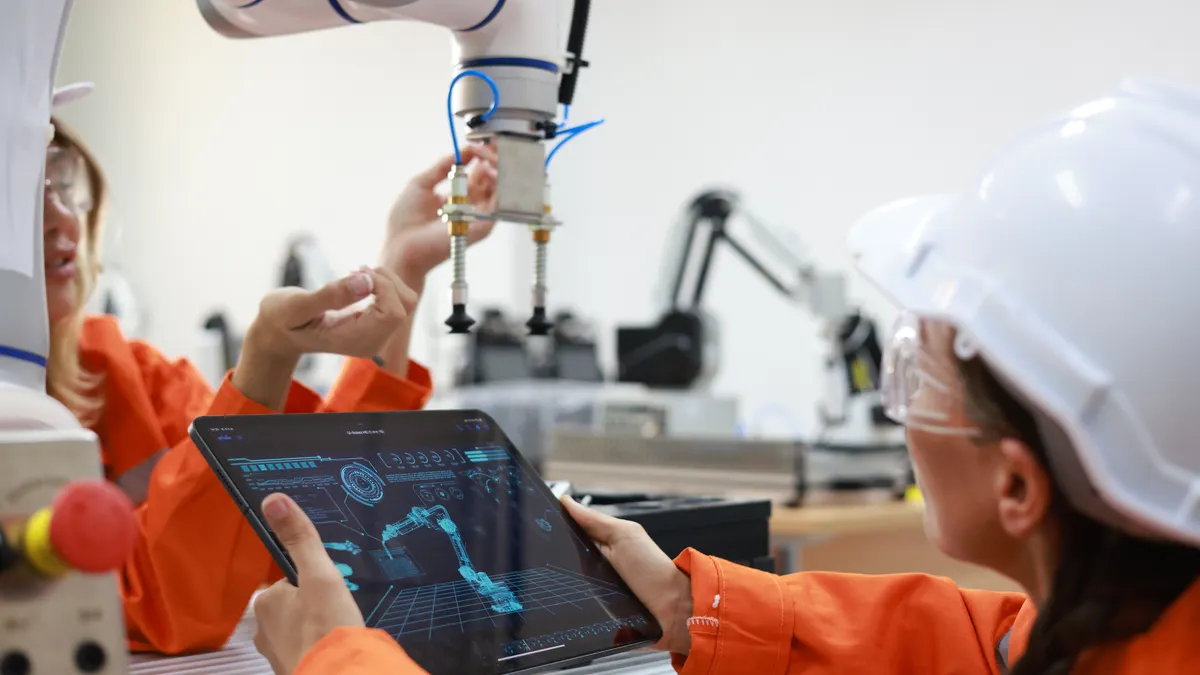Jan Burian is the head of industry insights at global IT services company Trask. Opinions are the author’s own.
The competition in large language models is intensifying, with major players racing to push AI capabilities further. OpenAI’s ChatGPT, China’s DeepSeek and Alibaba’s Qwen 2.5 are vying for dominance, while xAI’s Grok 3 and Mistral AI’s latest model also claim to rival top systems like GPT-4o and Google Gemini.
Amid this AI arms race, OpenAI’s January trademark filing with the U.S. Patent and Trademark Office signals ambitions beyond LLMs. The filing includes AI-powered smart devices, AR/VR headsets and humanoid robots. CEO Sam Altman also confirmed plans for AI consumer hardware and semiconductor development, positioning OpenAI for a broader technological expansion.
OpenAI’s foray into robotics
For industrial tech enthusiasts, OpenAI’s mention of humanoid robots in its trademark application signals a potential return to robotics. While the company shut down its own robotics division in 2021, it has continued investing in firms like Figure and 1X Technologies. Now, with advancements in AI and sensor technology, OpenAI appears to be revisiting the prospect of AI-driven humanoid robots for real-world applications. This shift comes as no surprise, given that Goldman Sachs projects the humanoid robot market could reach $38 billion by 2035 — a sixfold increase from earlier estimates.
NVIDIA’s AI and robotics push
At CES 2025, NVIDIA made significant announcements reinforcing the convergence of AI and robotics. The company introduced the NVIDIA Cosmos foundation model platform, which facilitates AI-driven decision-making for robotics and autonomous vehicles. Cosmos enables AI models to simulate environments and generate real-world scenarios, accelerating training for humanoid robots.
NVIDIA also unveiled the Isaac GR00T Blueprint, a synthetic motion generation tool that helps train humanoid robots using imitation learning. By leveraging extensive synthetic data and reinforcement learning, NVIDIA aims to advance AI-driven physical automation. The Cosmos platform further incorporates AI models trained on vast datasets, including 2 million hours of autonomous driving, robotics, and drone footage.
China’s rapid advancements in humanoid robotics
China has aggressively ramped up its humanoid robotics industry, with government-led initiatives driving mass production goals by 2025. Last year, 102 humanoid robots from 10 firms gathered at a 4,000-square-meter facility in Shanghai to demonstrate tasks like walking, making beds, washing dishes and even welding.
China’s integration of robotics into cultural events also highlights its innovation. During the country’s televised Spring Festival Gala, humanoid robots performed the Yangge folk dance, blending traditional heritage with advanced AI-driven movement, an example of China’s vision of seamlessly integrating robots into everyday life.
Vision for humanoids
The humanoid robotics sector is witnessing a surge of major announcements, signaling rapid advancements and growing market interest. Elon Musk remains bullish on Tesla’s ambitions, stating in the company’s Q4 2024 earnings call that Tesla aims to produce thousands of Optimus humanoid robots in 2025, with exponential growth expected thereafter.
Meanwhile, California-based Figure AI has taken a significant step forward by partnering with OpenAI. Founder Brett Adcock recently announced a major breakthrough in end-to-end AI for humanoid robots. The company has secured major clients, including BMW, with plans to ship 100,000 robots over the next four years. Additionally, Figure AI has successfully tested a neural network for a client, demonstrating its potential in real-world applications.
In the UK, AI and robotics startup Humanoid has unveiled its general-purpose humanoid robot, HMND 01, in a recently released video. This year, the company plans to develop and test an alpha prototype for both wheeled and bipedal platforms, further expanding the landscape of humanoid robotics.
AI-driven humanoids — the next frontier in manufacturing
For manufacturers, AI-driven humanoid robots present a transformative opportunity to enhance automation, improve efficiency and address labor shortages. These intelligent machines can take on complex tasks in production, logistics and quality control, working alongside human operators to boost productivity.
However, widespread adoption will depend on overcoming challenges such as cost, regulatory compliance and seamless system integration. As AI and robotics continue to advance, manufacturers that strategically invest in these technologies will gain a competitive edge, redefining industrial operations and setting new standards for efficiency and innovation.


